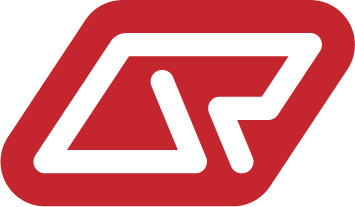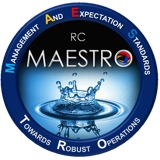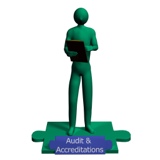Title Page
-
Site conducted
-
Conducted on
-
Prepared by
-
Location
-
Primary Station Category
-
Secondary Station Category
Assessment Rationale:
-
Background: The Security Intelligence Unit (SIU) is undertaking a program of Security Risk Assessments (SRA) and SRA Reviews for all Queensland Rail (QR) locations, Assets and Activities. All those outlined in the SRA Review were provided an opportunity to comment as part of the consultation process of this risk assessment.
-
Scope: This SRAR includes consideration of security risks relating to the Queensland Rail location during the timeframe indicated in the Threat Assessment and the types of security incidents reported during that period. Security risks identified pertain to personnel (including customers), physical infrastructure, assets, procedures, and operations.
-
Description:
-
Station Maps
-
Station infrastructure
Pre-Inspection
Review previous Security Risk Assessment:
-
Consider previous recommendations and/or Management Actions
-
Consider any current maintenance request
-
Identify what has been closed out and is still outstanding
-
Review previous highest risk score and relevant controls
Review location influences:
-
Are there any local organisation / places that could impact on behaviours at the station? E.g., schools / sporting associations / pubs / mental health / methadone clinics
CCTV by day / night check
-
Damage to cameras
-
Obstruction – signage / vegetation
-
Camera Field of View / positioning
Security Risk Assessment
Physical Security
-
Perimeter fencing
-
Anti-climb
-
Safe(s)
-
Doors
-
Keys and locks
-
Customer Service Window
-
Lighting
-
Signage
Crime Prevention Through Environmental Design (CPTED)
-
Natural surveillance (i.e., vegetation, convex mirrors)
-
Pathways and access points
-
Subways
-
Overhead bridges
-
Furniture
-
PosART
Security Technology
-
CCTV Fields of View
-
CCTV by day
-
CCTV by night
-
Alarms / Door lock-out
Personal Security
-
Situational awareness
-
Access to employee carparks
-
Identified routes and routines
-
Emergency contact numbers
Procedural Security
-
Current security education collateral
-
Security Incident Reporting (SIMS)
-
Violence Avoidance (ALERT)
-
Counter-Terrorism Awareness (CTA)
-
Self-Harm Recognition, Intervention and Awareness (SHRIA)
-
Armed Robbery (CODE A)
-
Persons of Interest (POI) reporting
-
CCTV Guidelines
Enforcement
-
Police / Authorised Officer / Mobile Patrols
Comments:
-
Physical Security:
-
Crime Prevention Through Environmental Design (CPTED):
-
Security Technology:
-
Personal Security:
-
Procedural Security / Security Education:
-
Enforcement:
Security Risk Assessment
-
Conducted on
-
GENERAL SIMS INCIDENT ANALYSIS:
-
MANAGED TRENDS OVER THE CURRENT PERIOD:
-
ANALYST COMMENTS:
KEY STAKEHOLDERS ENGAGED
-
Customer Service Manager (CSM)
-
Group Station Master (GSM)
-
Station customer service employees (SCS)
-
Health & Safety Representative
Security Intelligence Unit (SIU)
-
Compiled
-
Reviewed
Manager Protective Security and Compliance
-
Pete Sanderson
Security Program Team
-
Wiremu Reweti
-
Jade Marshall
Graffiti Management Team Leader
-
Steven Pennycook
Other stakeholders engaged
-
undefined
NETWORK SECURITY EDUCATION PROGRAM:
-
The Security Risk and Education Unit delivered refreshers to SEQ employees in the last reporting period.
- ALERT – Violence Avoidance
- Self-Harm Recognition, Intervention & Awareness (SHRIA)
- Counter-Terrorism Awareness (CTA)
- Security Incident Reporting (SIMS)
-
The Security Risk and Education team will continue to provide security education to the group through the Security Education Program of Work and through ad hoc requests.
Security Risk Matrix Table
-
LIKELIHOOD
-
CONSEQUENCE
-
This risk is assessed as
-
undefined
Risk Response Plan
-
Security Risk Evaluation:
-
During the SRA site visit, vulnerabilities relating to Security were identified. These have been assessed and advice has been provided to the relevant stakeholders.
- Physical Security
- Crime Prevention Through Environmental Design (CPTED)
- Security Technology
- Personal Security
- Procedural Security
- Enforcement
-
Current controls that are in place have been assessed as
- Effective
- Substantially Effective
- Partially Effective
- Largely Ineffective
- NIL Controles approved (Enterprise Risk ONLY)
-
undefined
-
Ongoing monitoring and reporting of all security incident types will continue, and reviews of the security risk will be ongoing as part of the Security Risk & Education Program of Work.













